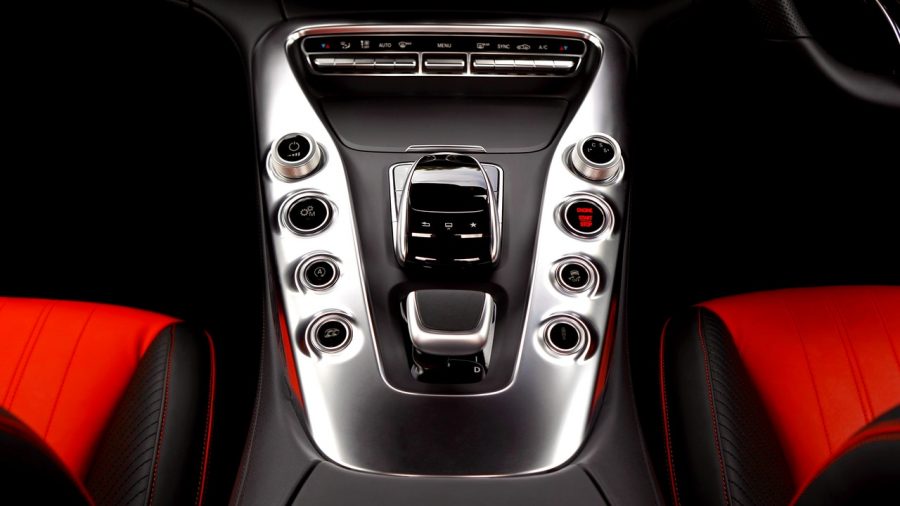With each passing day, it’s easy to see the future of motoring. With an immense popularity of ride-hailing and car-sharing, it seems that people are motivated to own fewer or even no cars. On the other hand, experimental self-drive technology challenges the existing liability laws, making them evolve into a brand new field. On top of that, there’s a constant urge to reduce vehicle emissions, with electric cars spearheading the push. If they fail to adapt to these rapidly changing game rules, leading car makers could lose an important share of the market.
Self-driving technology

As a part Volvo Cars’ IntelliSafe approach, the leading Swedish manufacturer has announced another batch of self-driving vehicles on public roads in Sweden. After missing its deadline for late 2017, Tesla CEO Elon Musk said a self-driving Tesla will make an autonomous trip from Los Angeles to New York in the next several months, proving the technology is ready for customer use. Even so, this puts Tesla years ahead of all big players working on fully autonomous vehicles. China’s tech giant Baidu plans to launch their Apollo mass-produced autonomous car concept in 2019 while Ford is aiming for 2021, and there’s still no hard date from Google or GM. Still, none of these makers are planning for anything capable of coast-to-coast drive.
A ride-hailing society
Imagine a day like this one: At 7:45 AM you receive an automated Uber message asking you to select a car make and model you want today. Since the kids are on the summer break and your better half is working from home today, you choose a two-seater BMW convertible. After five minutes, a shiny bimmer is waiting in front of your house. In the next fifteen minutes, you’re already at work, as the BMW’s self-driving sensor technology made a whole array of smart decisions and traffic-evading calculations. Automated driving systems and ride-hailing platforms will be inseparable in the future. An example partnership between Ford and Uber Advanced Technologies Center (ATC) in Pittsburgh is a perfect example of such symbiosis. Although an Uber engineer still mans the driver’s seat, a fleet of self-driving Ford Fusions is by and large navigating on its own, picking Uber riders who choose to take part in the test program.
Crossovers and SUVs
‘Crossbreeds’ between sedans and SUVs have quickly overtaken a significant market segment as a practical way for young people to commute and travel with style. Sharing some DNA with immensely successful Giulia, Alfa Romeo Stelvio is the Italian maker’s first crossover/SUV and a perfect example of how a company traditionally oriented to performance cars adapts to current trends. Although millennials influence almost every market segment, when it comes to automotive industry, baby boomers still hold the keys. For the self-made generation nearing retirement, the ability to travel comfortably and safely on their own is essential. People at Ford have recognized these trends and offered a spread of crossover SUVs with loads of hi-tech connectivity – whether you need a car for off-roading or towing your boat to the shore for a fishing weekend.
Counterfeit spare parts
Finding a strategy to deal with counterfeit parts remains one of the major challenges for the automotive industry. The problem is that counterfeit parts today look more authentic than the original parts – until an accident occurs and unsuspecting customers are put at serious risk. Such a course of events not only affects the brand reputation but also the underlying sales figures. One of the solutions offered to car makers is to track the spare parts form the ‘first-mile’ to the ‘last-mile’ using Blockchain. Connected through the Internet of Things (IoT) sensors and smart devices, a Blockchain-based system would enable the service centre, the manufacturer and the customer to trace the origin of spare parts back through every step in the supply chain to its date and location of manufacture.
The year 2018 will surely set up the stage for more technological innovations and automotive concepts worth investing. While struggling to keep their traditional positions in the key niches of the car industry, automakers will need to adjust their strategies to future environmental and social trends.























